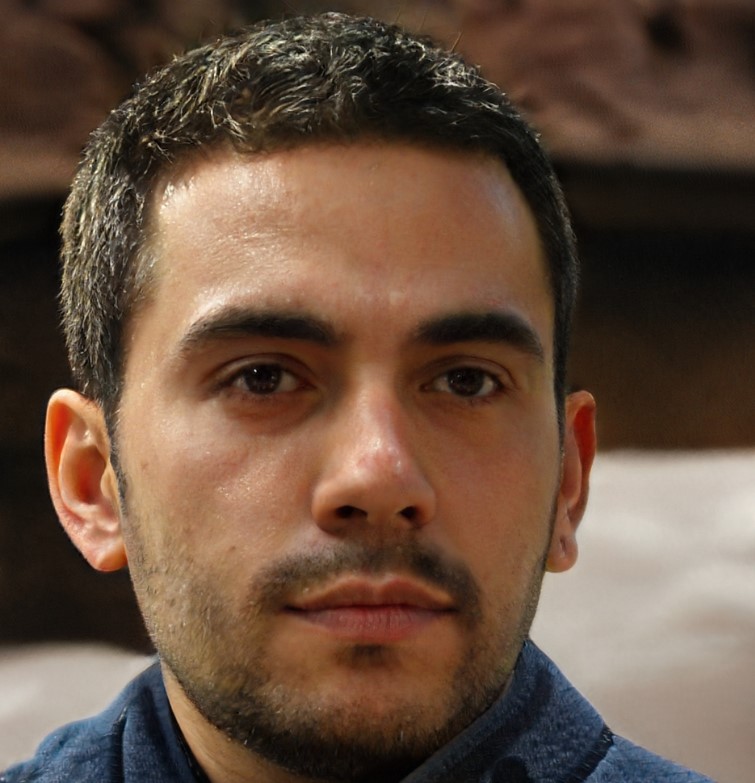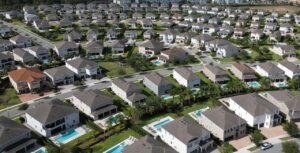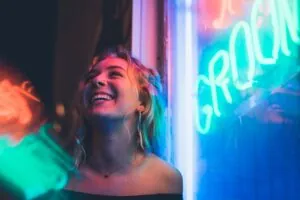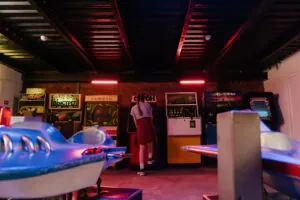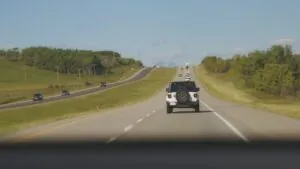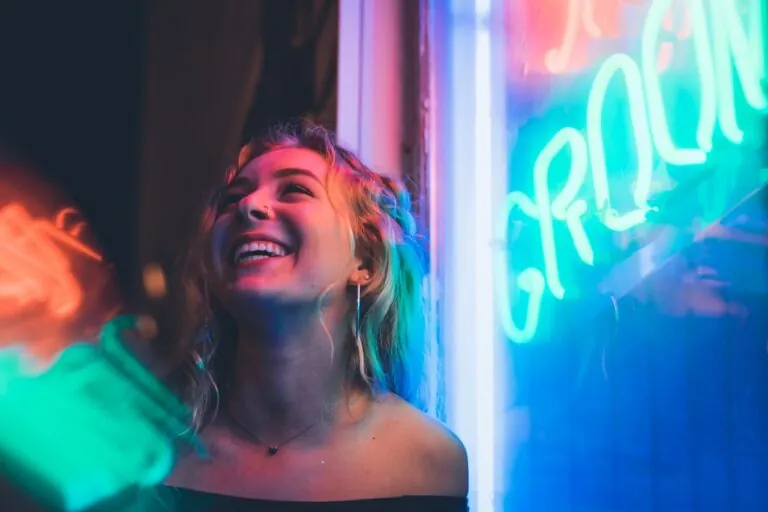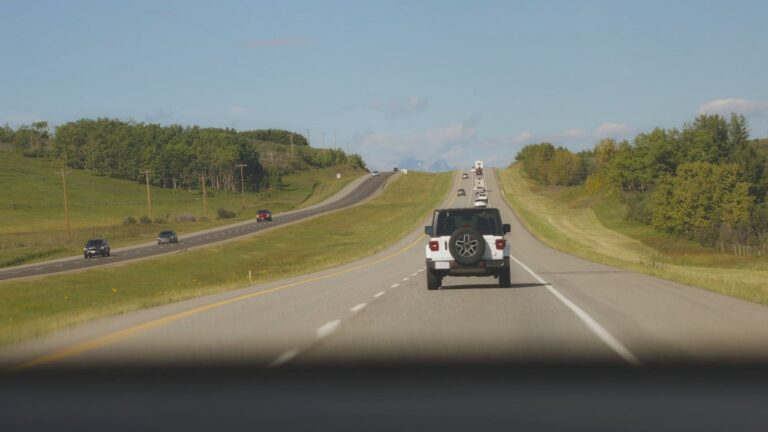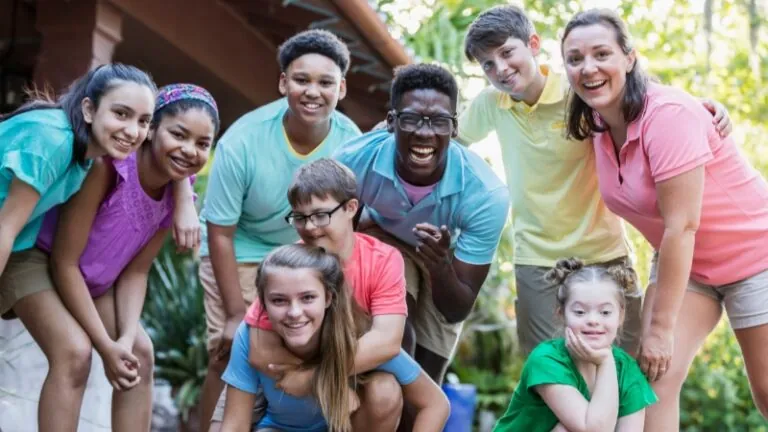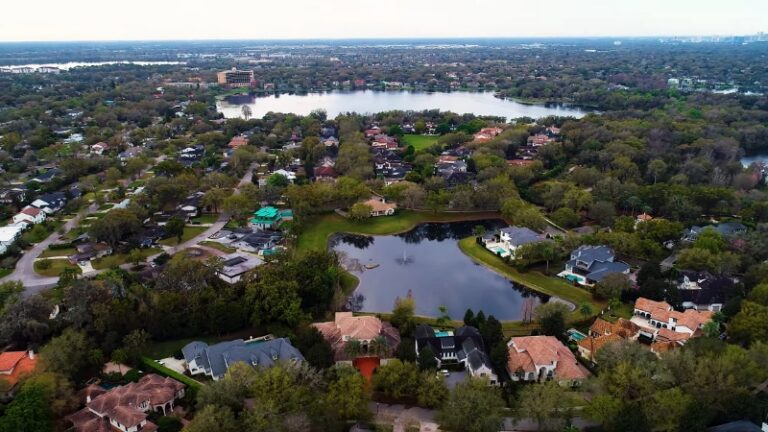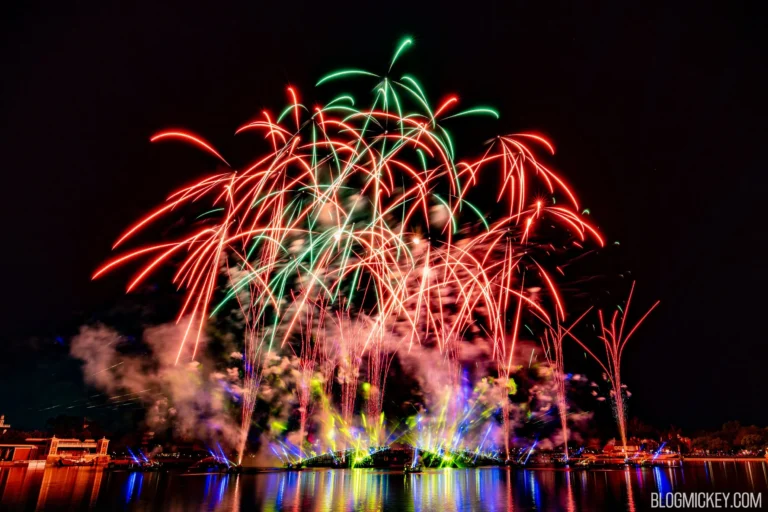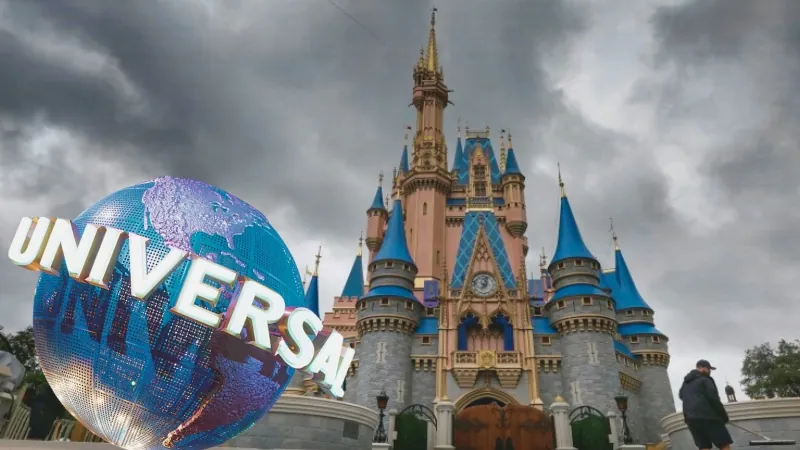
When Hurricane Milton hit, both Walt Disney World and Universal Orlando faced an immense challenge: ensuring the safety of thousands of guests while preparing their parks to reopen as quickly as possible.
There’s something surreal about hurricanes in Florida; they’re always a possibility, but when one actually barrels through, the reality of managing such a large-scale operation becomes more complex than most of us can imagine.
So, how did Disney and Universal handle the chaos? They did it through careful planning, clear communication, and an incredible team effort that allowed them to bounce back faster than you might expect.
Table of Contents
TogglePre-Closure Preparations
We continue to closely monitor the path of Hurricane Milton. For a full list of operational impacts visit https://t.co/Tc059AigSk. Thank you and stay safe! pic.twitter.com/MGCtGAX2pU
— Disney Parks (@DisneyParks) October 9, 2024
Hurricanes aren’t sudden surprises in Florida—they usually give plenty of warning. That’s why both Disney and Universal didn’t wait until the last minute to act. Days before Hurricane Milton made landfall, both companies began preparing for the worst.
As AP News reported, on October 9, 2024, Disney and Universal made the difficult decision to shut down their parks.
Universal closed its Halloween Horror Nights event, one of its most popular, while Disney halted operations across all of its parks, including Disney Springs, their major shopping and entertainment district.
But the closures weren’t just about locking the gates; both companies had to secure rides, protect valuable infrastructure, and ensure that guests staying on the properties were taken care of.
For those who were already at the resorts, it wasn’t a matter of being left in the dark. Disney, in particular, made sure guests had plenty to keep them occupied, offering in-hotel entertainment, character meet-and-greets, and even movie nights to keep the mood light.
Universal, while not quite as elaborate in their offerings, also ensured their guests were kept informed and safe, providing updates and advice on how to shelter in place.
Assessing the Damage
Once the hurricane had passed, the next step was figuring out exactly what had been damaged.
Hurricanes can be unpredictable, and while Milton hit Florida’s west coast harder, Orlando didn’t escape unscathed. Both resorts sent out teams to check for any damage to the parks, hotels, and other facilities.
The good news? The damage was less severe than expected. Both Disney and Universal dealt with localized flooding, high winds, and a few infrastructural issues, but neither faced any catastrophic damage that would keep them closed for long.
This was a huge relief, not just for the companies, but also for the guests who had their vacations disrupted.
That being said, the damage assessment phase is critical. Imagine if one of the rides had been compromised or a hotel wasn’t structurally sound anymore—that’s a safety risk that neither Disney nor Universal could afford.
So, they took their time (but not too much time) to make sure everything was secure and ready for reopening.
Influencers Were “Farming” Content
If you were scrolling through social media during Hurricane Milton’s devastation, you might have noticed something odd. Some creators decided to ride out the storm in areas where they should have evacuated, seemingly just for the sake of content.
Take one Instagram influencer, for example. She claimed to stay in her beachfront Sarasota condo to help her elderly neighbors but then used the attention from her choice to promote her book. After the hurricane passed, she posted a bold, “I lived bi**h” on her Instagram Story.
Over on TikTok, another creator admitted, “This is probably the dumbest decision I’ve done yet,” after staying in a mandatory evacuation zone in Tampa.
Despite the risky choice, he ended up gaining hundreds of thousands of likes by posting a series of videos that documented his experience of waiting out the storm from his apartment.
While some influencers just relaxed and played video games, even gambled in a slot games, many just used the hurricane to “farm” attention.
There’s a growing trend of influencers pushing the boundaries in unhealthy ways to create content, and gambling streamers have become a significant part of that conversation.
One of the most notorious examples is Félix “xQc” Lengyel, a well-known streamer, who recently revealed he lost a staggering $2 million in a single month due to his gambling habits.
What’s particularly striking about xQc’s case is his casual attitude toward the losses, admitting openly that he continues to gamble because he “can afford to be ill,” despite knowing his behavior reflects a deep addiction.
It’s a strange new phenomenon, where the urge to create content seems to trump personal safety, and it’s raising some eyebrows.
Reopening and Prioritizing Safety
Two days after the parks had closed, on October 11, 2024, both Disney and Universal announced that they were ready to reopen. That’s a rapid turnaround, especially considering the size and scope of both resorts.
Universal got all three of its parks—Universal Studios Florida, Islands of Adventure, and Volcano Bay—back on track, along with Halloween Horror Nights, though they made some adjustments for guest safety.
Disney also reopened with all four major parks—Magic Kingdom, Epcot, Hollywood Studios, and Animal Kingdom—resuming regular hours. Their ability to open so soon speaks volumes about the efficiency and teamwork of their staff.
It wasn’t just about checking the rides and clearing debris; it was about making sure the parks were safe, functional, and ready to welcome thousands of guests again.
One thing that was evident in their reopening process was how both companies put safety first. Universal made small tweaks to Halloween Horror Nights to ensure guests felt safe, while Disney had to temporarily suspend some services, like their Minnie Van transportation, until they were sure everything was running smoothly.
Managing Special Events and Delays
One of the biggest disruptions for Universal was the cancellation of Halloween Horror Nights for two nights. This event is a huge draw for them during the fall season, so losing those nights had to hurt.
However, when they resumed the event, they did so with additional safety measures in place, ensuring guests could still enjoy the scares but with peace of mind.
Disney also had to make some adjustments. While the parks were open, transportation services were temporarily limited, and some smaller attractions remained closed.
Still, both parks worked hard to keep the guest experience as seamless as possible despite the lingering effects of the storm.
For guests who had their plans disrupted, both Disney and Universal were flexible with ticket changes. The parks allowed guests to reschedule or modify their plans without the usual penalties, which was a welcome gesture for many who had been anxiously waiting to see if their vacations would be ruined.
Helping the Community
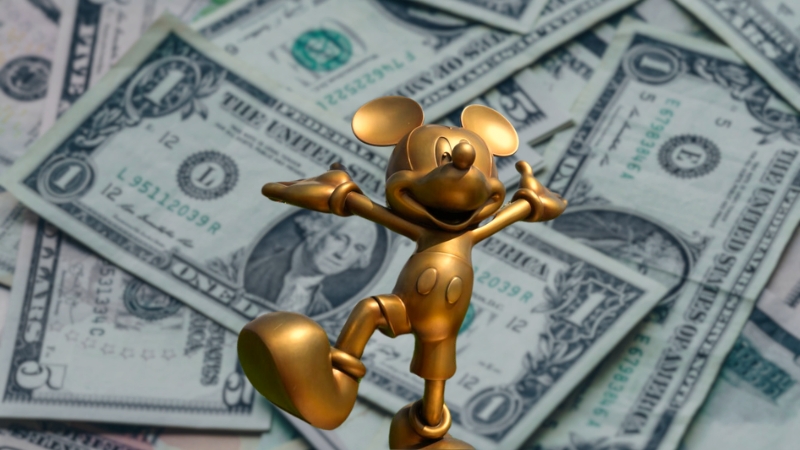
One thing that stood out was how both Disney and Universal didn’t just focus on getting back to business—they made a real effort to support the local community.
According to Flagger Live, Disney pledged a $3 million donation to help with recovery efforts, focusing on both its cast members (many of whom live in hurricane-affected areas) and local nonprofits working on relief efforts.
Universal also expressed gratitude to their staff and reinforced their commitment to helping the broader Florida community recover from the storm. It wasn’t just about reopening the parks but about showing solidarity with the people who make Orlando the magical destination it is.
Lessons from Previous Hurricanes
Handling a hurricane isn’t new for Disney or Universal. Both companies have faced storms in the past and have learned how to manage them effectively.
Disney, in particular, has only closed its parks a few times since opening in 1971, and they’ve honed their process to a near science.
Past experiences with storms like Hurricane Irma in 2017 have given them a blueprint for how to close, reopen, and communicate with guests in the midst of a crisis.
Universal’s response has also been shaped by years of dealing with Florida’s notorious hurricane seasons. Their ability to adapt and adjust during events like Halloween Horror Nights shows how much they’ve learned from past storms.
Both parks know what needs to happen—from preparing early to communicating clearly, to reopening swiftly.
Final Thoughts
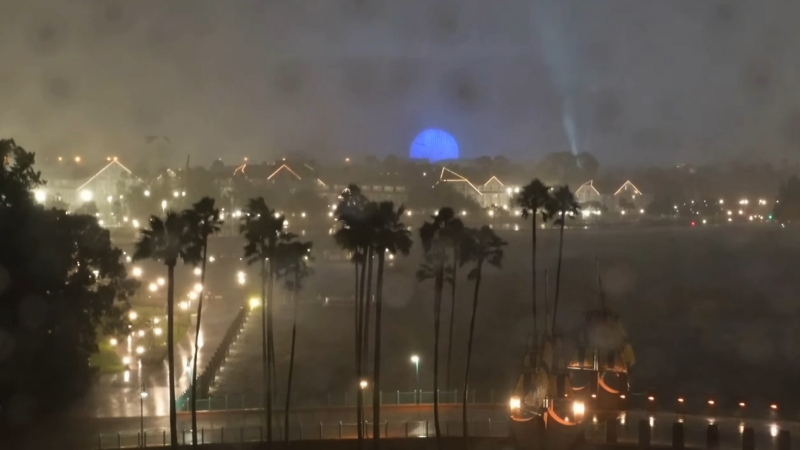
All things considered, Disney and Universal handled Hurricane Milton’s impact remarkably well. The hurricane was disruptive, no doubt, but the way both parks prepared ahead of time, communicated during the storm, and reopened within days speaks to their efficiency and dedication to guest safety.
But beyond the logistics of reopening, what really resonates is the sense of community and care that both companies showed. From offering shelter to guests during the storm to contributing to local recovery efforts afterward, Disney and Universal proved they’re not just theme parks—they’re part of the fabric of Florida.
And for the thousands of guests who were affected? They got to return to their vacations, with only a slight delay, thanks to the hard work and preparedness of the teams at both parks.
If you’ve ever wondered what it takes to keep such massive operations running smoothly, especially in the face of a natural disaster, look no further than the resilience shown by Disney and Universal in the wake of Hurricane Milton.
Related Posts:
- Ultimate Disney Thanksgiving 2025 Dining and…
- How Magic Kingdom Compares to Other Disney Parks Worldwide
- 10 Best Bars in Downtown Orlando for 2025 - Top…
- Why Harry Potter and the Escape from Gringotts is a…
- Planning a Trip to Orlando? Here’s How to Get…
- 10 Best Food Trucks in Orlando and Where to Find Them
